What is ‘aperture’ in photography?
You can’t get far in any talk about phones, cameras and photography without hearing about ‘aperture’ But what is it, and why is it important?
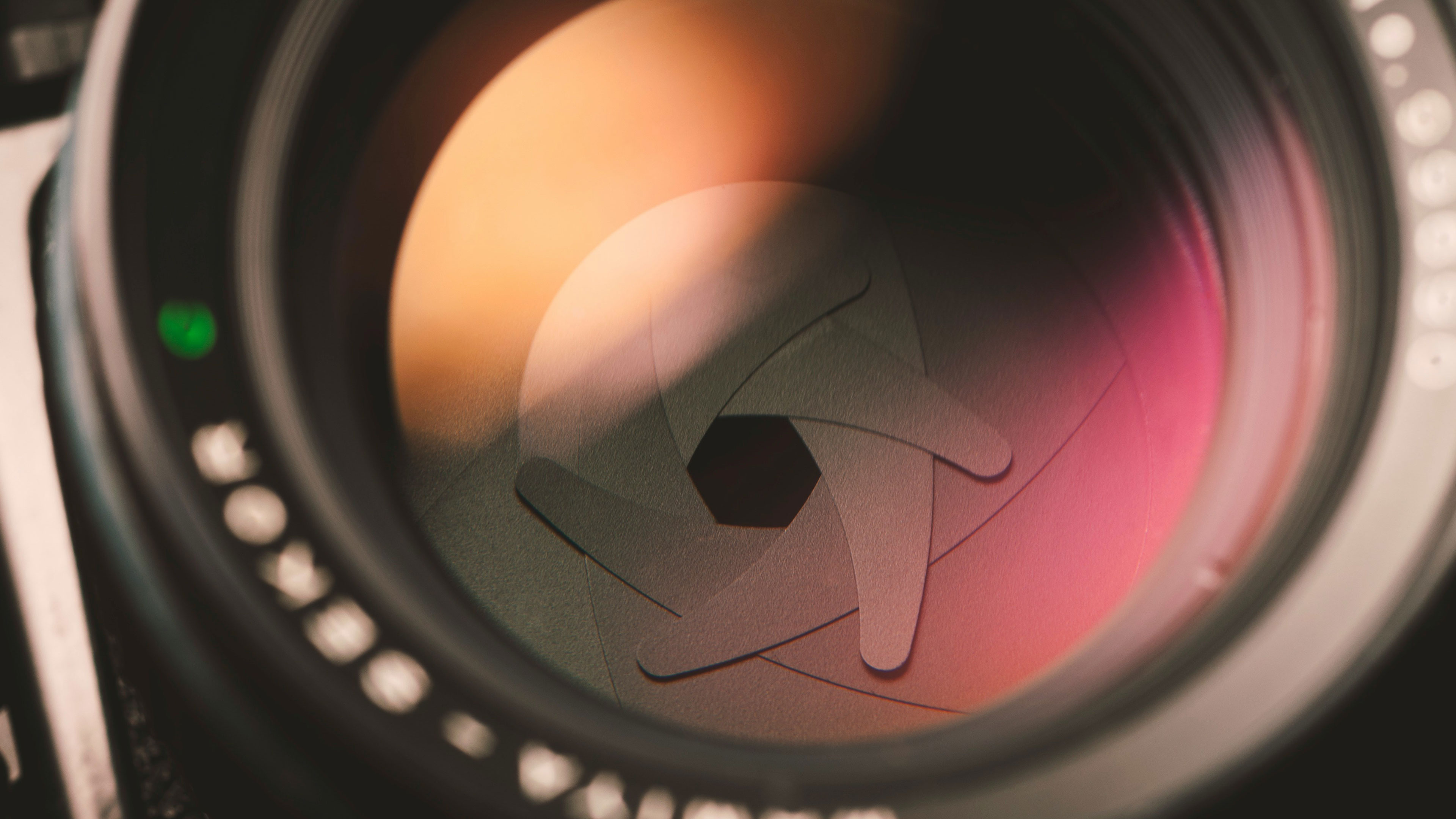
Put simply, the ‘aperture’ is the hole in the lens that lets the light through, and for a long time camera lenses have had adjustable apertures so that you can control the amount of light. It’s one of the settings you use to control exposure, alongside shutter speed and the ISO setting.
It’s all done with internal diaphragms within the lens made up of overlapping aperture ‘blades’. These swing in and out as you adjust the aperture to create a roughly circular hole in the center.
If you reduce the size of the aperture you reduce the amount of light passing through the lens so you’ll need a longer exposure (a slower shutter speed). If you increase the size of the aperture you increase the amount of light so you can use a faster shutter speed.
What do ‘f-stops’ mean?
You’ll notice that lens apertures are not just simple numbers. They’re actually quoted as fractions of the focal length of the lens. For example, you might get a lens that has apertures of f/2.8, f/4, f5.6, f/8, f/11 and f/16.
These ‘f-numbers’ or ‘f-stops’ are arranged in a series that’s standardized across all cameras and lenses. Many will offer half-stop or one-third stop intervals in between, and these are standardized too. The table below shows these standard settings.
Now while this system of fractions and decimals might look complicated, in practice it’s beautifully simple. Because the lens focal length is factored in, an aperture of f/5.6, for example, will deliver exactly the same exposure regardless of the lens or sensor or camera system.
What’s even more clever is that each main f-stop setting lets through half as much light (or twice as much) as the next. This is also how shutter speeds and ISO settings work, and why you can balance one against the other without complicated calculations.
Get daily insight, inspiration and deals in your inbox
Sign up for breaking news, reviews, opinion, top tech deals, and more.
| Whole f-stop values | Intermediate 1/3 stop values | Lens types |
|---|---|---|
| f/1 | Row 0 - Cell 1 | Exotic, ultra-fast prime (i.e. non zoom) lenses |
| Row 1 - Cell 0 | f/1.1 | Row 1 - Cell 2 |
| Row 2 - Cell 0 | f/1.2 | Row 2 - Cell 2 |
| f/1.4 | Row 3 - Cell 1 | Fast, professional prime lenses |
| Row 4 - Cell 0 | f/1.6 | Row 4 - Cell 2 |
| Row 5 - Cell 0 | f/1.8 | Row 5 - Cell 2 |
| f/2 | Row 6 - Cell 1 | Compact prime lenses, a few zooms |
| Row 7 - Cell 0 | f/2.2 | Row 7 - Cell 2 |
| Row 8 - Cell 0 | f/2.5 | Row 8 - Cell 2 |
| f/2.8 | Row 9 - Cell 1 | Constant aperture pro lenses |
| Row 10 - Cell 0 | f/3.2 | Row 10 - Cell 2 |
| Row 11 - Cell 0 | f/3.5 | Row 11 - Cell 2 |
| f/4 | Row 12 - Cell 1 | Compact constant aperture zooms |
| Row 13 - Cell 0 | f/4.5 | Row 13 - Cell 2 |
| Row 14 - Cell 0 | f/5.0 | Row 14 - Cell 2 |
| f/5.6 | Row 15 - Cell 1 | Maximum aperture at full zoom for many 'consumer' lenses |
| Row 16 - Cell 0 | f/6.3 | " |
| Row 17 - Cell 0 | f/7.1 | " |
| f/8 | Row 18 - Cell 1 | " |
| Row 19 - Cell 0 | f/9.0 | Row 19 - Cell 2 |
| Row 20 - Cell 0 | f/10 | Row 20 - Cell 2 |
| f/11 | Row 21 - Cell 1 | Row 21 - Cell 2 |
| Row 22 - Cell 0 | f/13 | Row 22 - Cell 2 |
| Row 23 - Cell 0 | f/14 | Row 23 - Cell 2 |
| f/16 | Row 24 - Cell 1 | Minimum aperture for most uses |
This table shows the sequence of aperture values used by cameras and lenses. You'll see there are intermediate values which are used by many lenses and by the camera for more precise exposures. Lenses with a very wide maximum aperture are often called 'fast' lenses – wide apertures allow faster shutter speeds.
Aperture and ‘depth of field’
It’s not just about exposure, though. Changing the aperture also changes the ‘depth of field’ in a photo, or how much near-to-far sharpness you get in a picture. A small aperture gives you more depth of field, so you can get both your subject and the background sharp, while a large aperture gives you less depth of field, so you can get your subject sharp and deliberately blur the background.
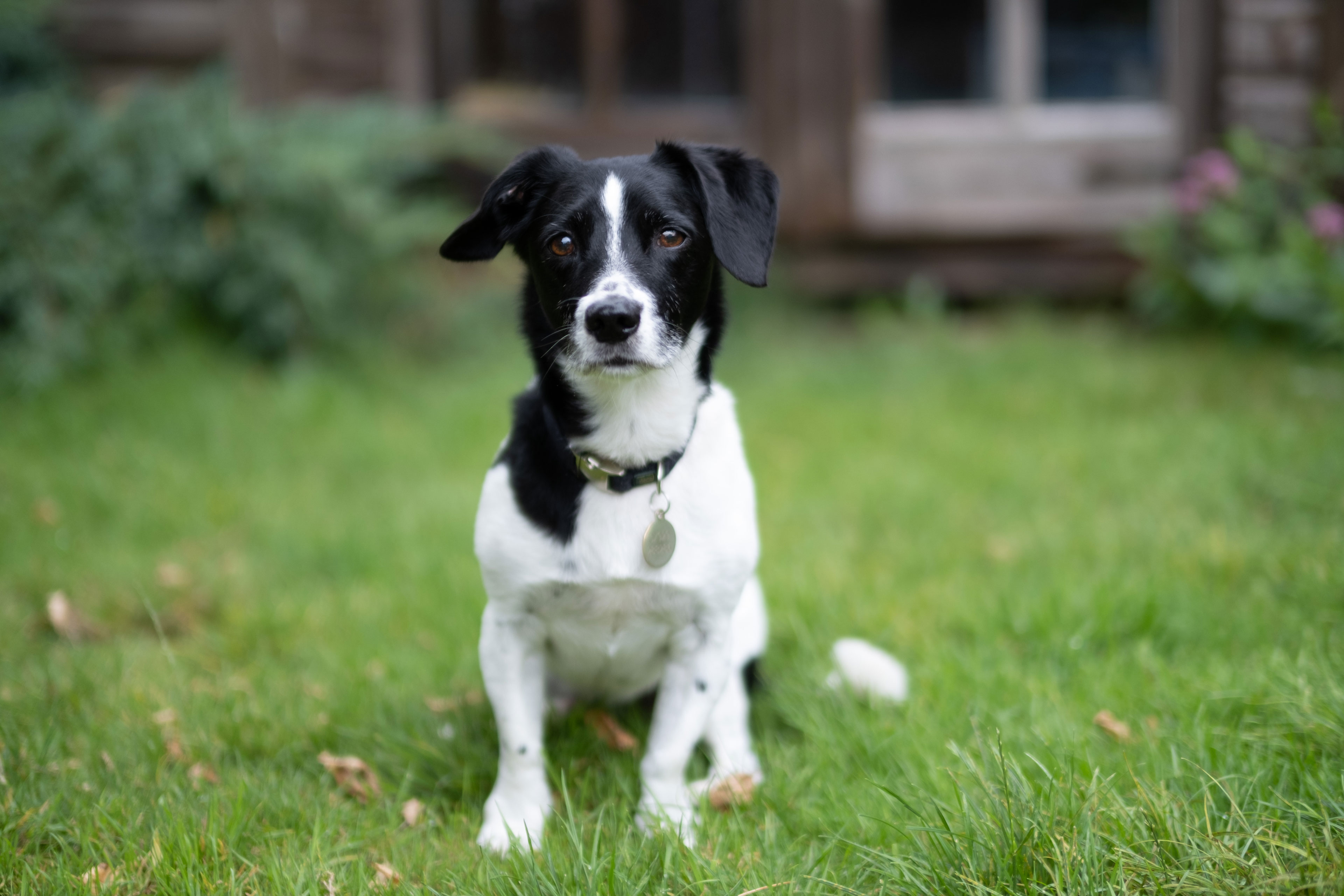
You don’t always get a simple choice like that because it also depends on your subject and background distances, the focal length of your lens and other factors, but that’s the gist of it.
So there are a couple of advantages to lenses with wide apertures. You get the potential for higher shutter speeds and less chance of camera shake or subject movement in low light, and the potential to blur backgrounds creatively for portrait or product shots, for example. That means there is a demand for lenses with a wide maximum aperture.
‘Maximum aperture’ and why it matters
Camera and lens makers always quote the maximum aperture of the lens. You can use smaller apertures, but the largest aperture available is a key selling point and always appears in the specs and the lens name.
So called ‘prime’ lenses (non-zooms) typically offer much wider maximum apertures than zooms. Prime lenses can have a maximum aperture anywhere from f/2.8 to f/1 or even wider for really specialist lenses. Many ‘premium’ prime lenses have a maximum aperture of f/1.4, which lets through twice as much light as an f/2 lens and four times as much as an f/2.8 lens. (Of course, if you use any of these lenses at the same aperture setting, e.g. f/2.8, the amount of light passing through is the same.)
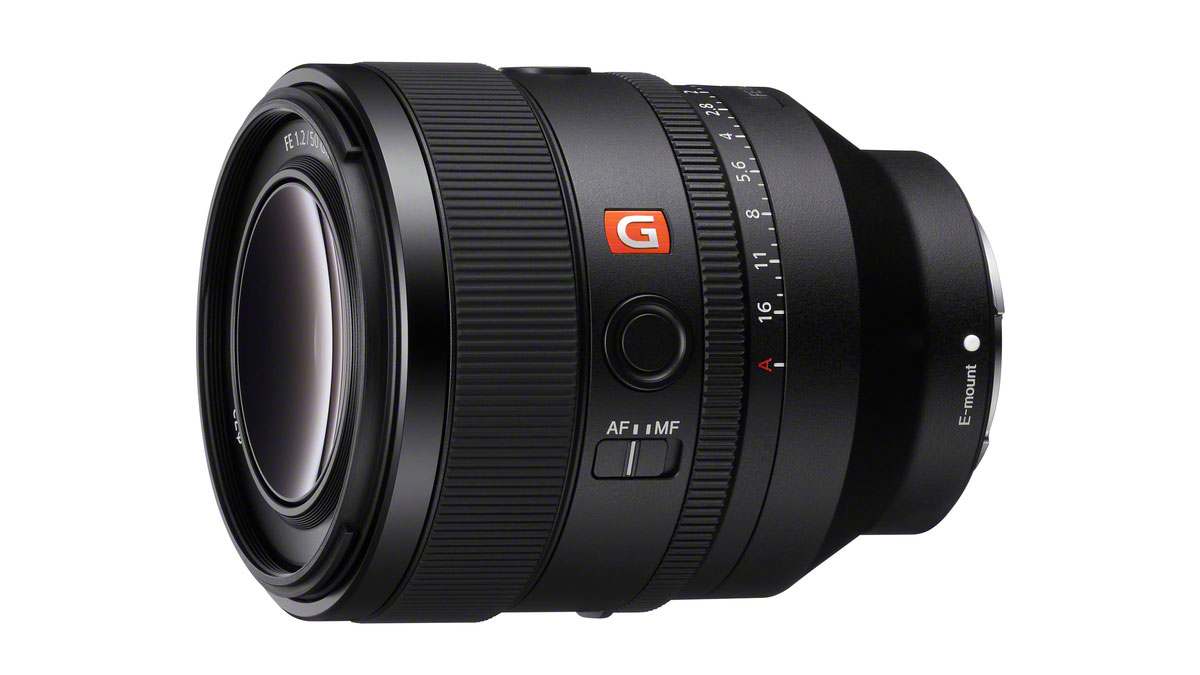
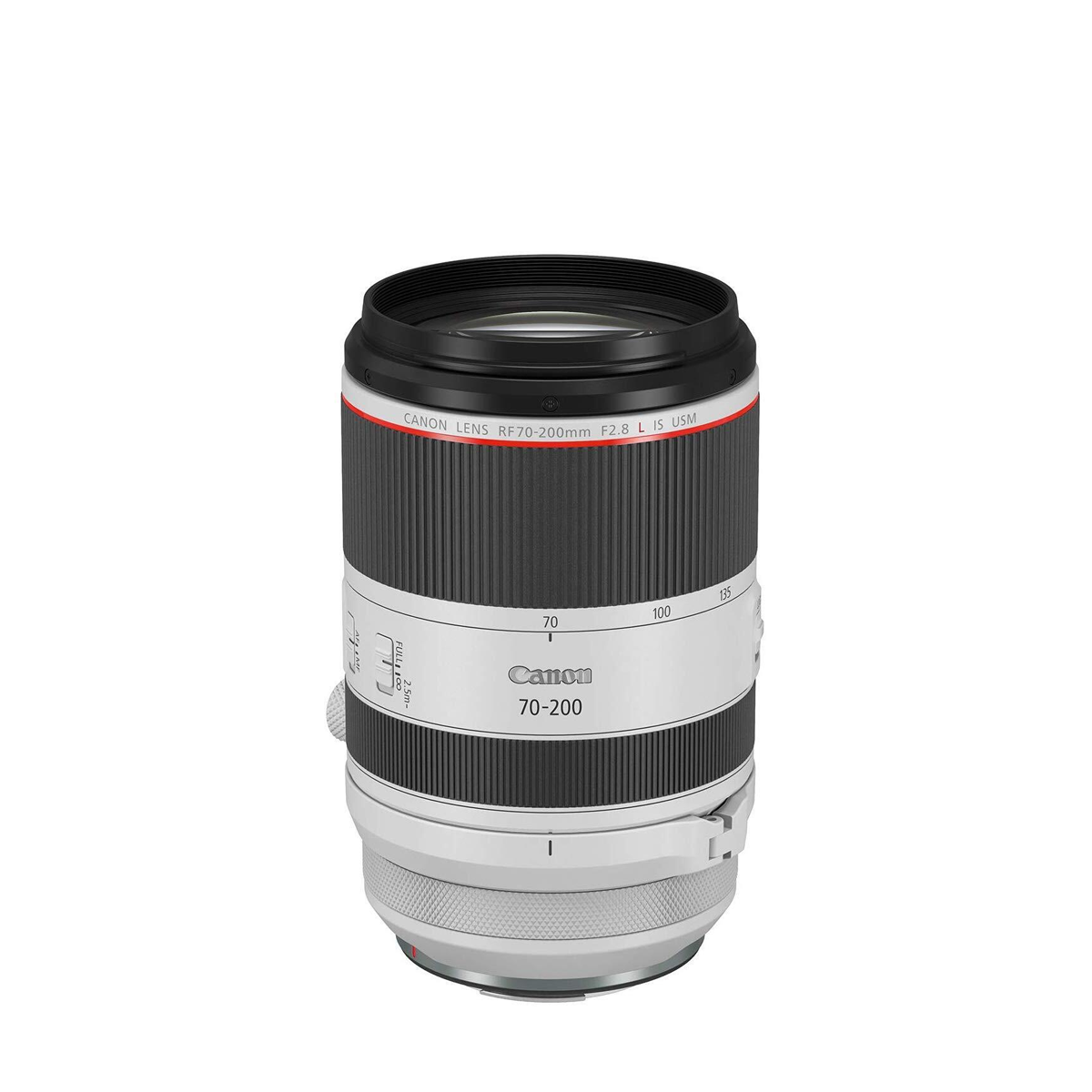
Zoom lenses are trickier. They are optically more complex, and hard to engineer with wide apertures right across their full zoom range. Professional zooms may have a ‘constant’ maximum aperture of f/2.8 at any zoom setting (a handful have even wider apertures), but more affordable ‘consumer’ zooms are more likely to have a ‘variable maximum aperture’, so it might be f/4 at the wider and of the zoom range but shrink to f5/6 or smaller at the longer end of the zoom range.
Is this a problem? Not really. If you use the camera’s auto exposure modes, the camera will take care of this variable maximum aperture automatically. Pros prefer a constant-aperture zoom, but they are not essential.
Phone ‘apertures’ are different
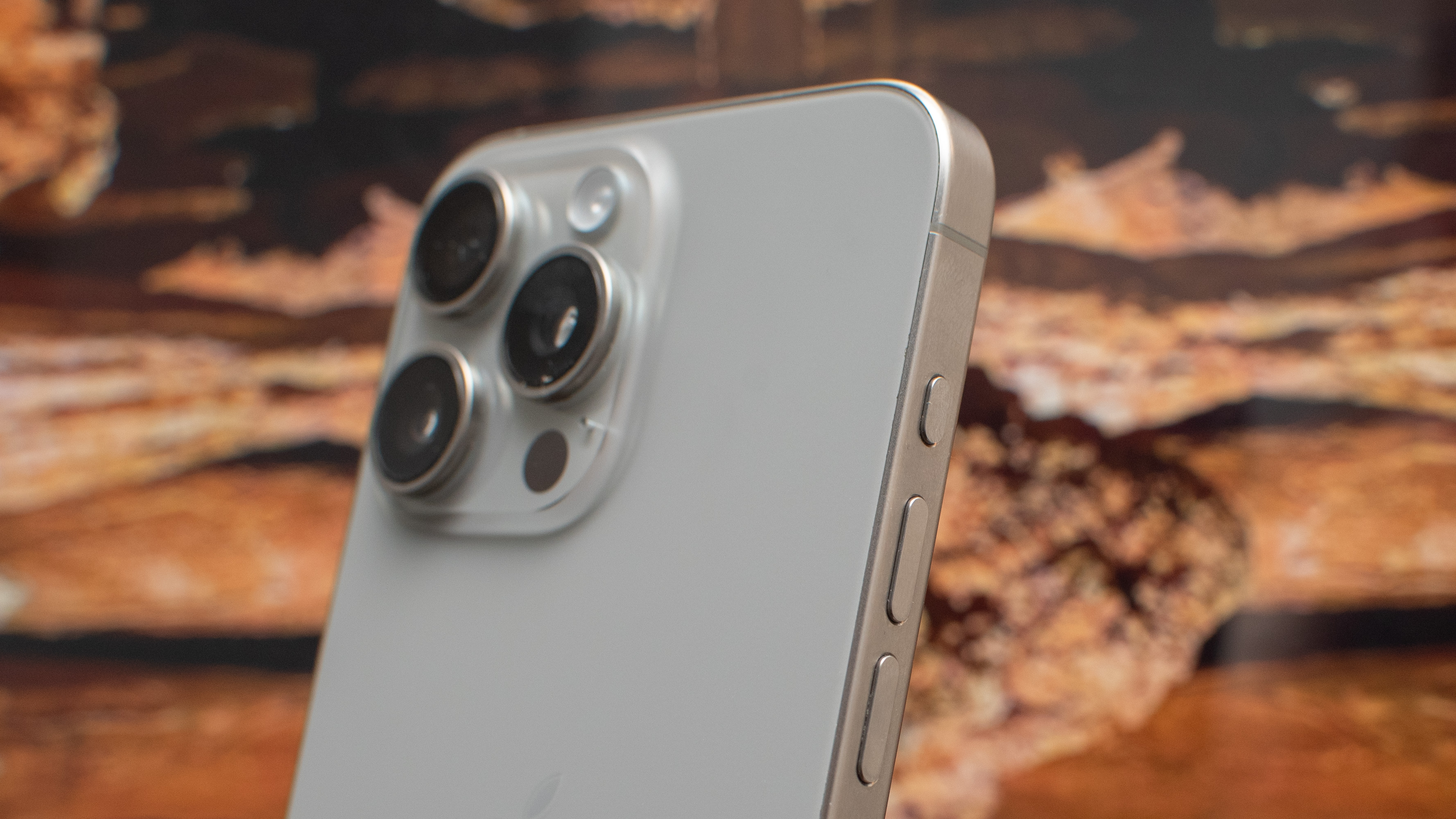
Smartphones have much smaller sensors and lenses, and it’s not practical to include aperture mechanisms (though a few models do, such as the Huawei P60 Pro). There are also strong optical reasons not to use the very tiny aperture openings that would be needed.
Instead, phone cameras use lenses with a fixed aperture, such as f/1.8. With regular camera lenses, shooting at the maximum aperture can bring some loss of definition, but phone camera lenses are optimized to give their best optical quality at this fixed aperture.
What this means is that you don’t adjust lens apertures on phones in the way that you do with regular cameras. They always shoot at their maximum aperture, or ‘wide open’. The phone can still control the exposure by using the shutter speed, so it’s not really an issue.
What is an issue, though, is that even at their maximum aperture, camera phones deliver lots of depth of field. This is down to the small sensors and lenses and some complicated optical theory that we don’t need to go into here.
The upshot is that if you want to blur the background for a portrait shot, for example, you can’t. So what many cameras now offer is sophisticated ‘depth mapping’ to work out the different subject distances and the ability to artificially blur backgrounds. This is what ‘Portrait’ mode does on an iPhone, for example.
So what’s ‘bokeh’?
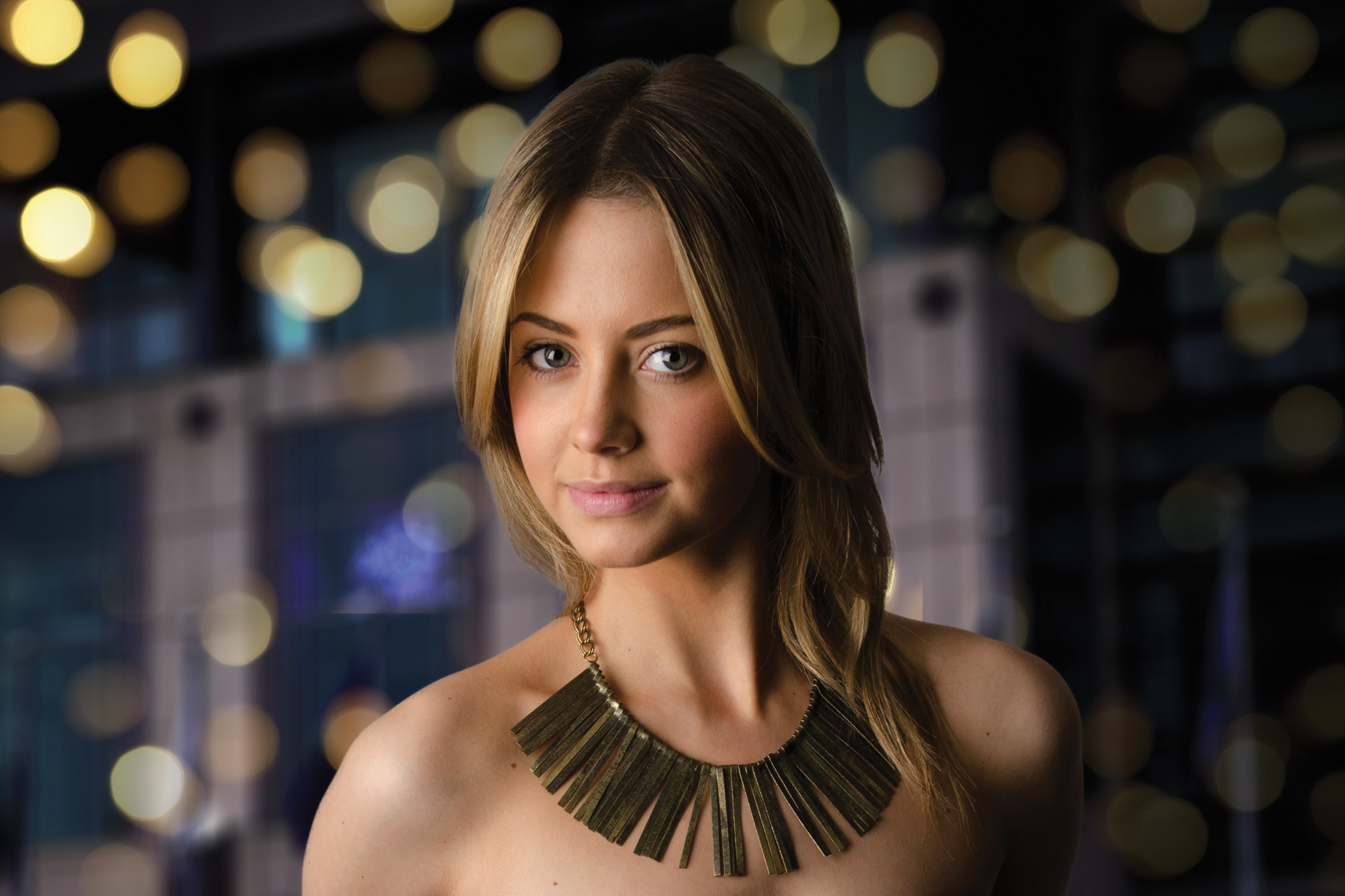
‘Bokeh’ is a fancy word to describe the visual quality of out of focus areas. Photographers will often talk about ‘busy’ bokeh, or ‘onion-skin’ bokeh, or ‘cat’s-eye’ bokeh. There are some real bokeh connoisseurs out there..
So blur is blur, but ‘bokeh’ is what that blur looks like and whether it’s visually appealing. Blur and bokeh go together, but they are not strictly the same thing.
However, because they go together, the word ‘bokeh’ is now often used to describe blur in general, so people might say they use a wide lens aperture for ‘bokeh’ when really it’s blur they’re talking about. It might sound like a small distinction, but photographers can get pretty worked up about it, so watch out.
You might also like

Rod is an independent photographer and photography journalist with more than 30 years' experience. He's previously worked as Head of Testing for Future’s photography magazines, including Digital Camera, N-Photo, PhotoPlus, Professional Photography, Photography Week and Practical Photoshop, and as Reviews Editor on Digital Camera World.